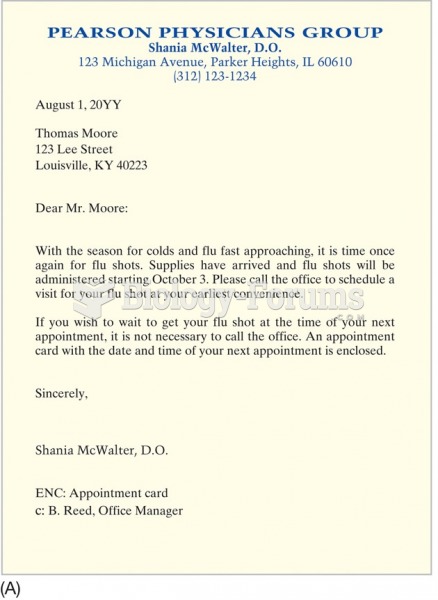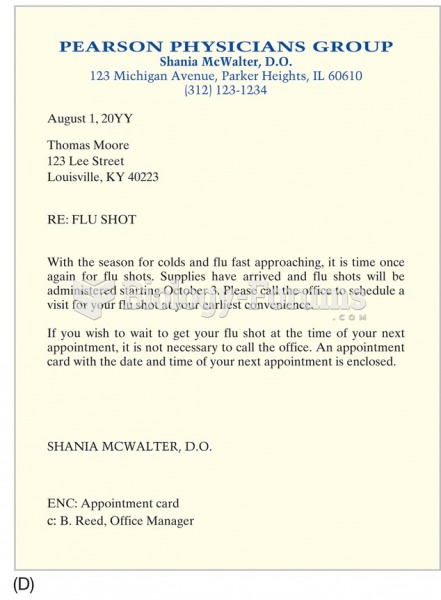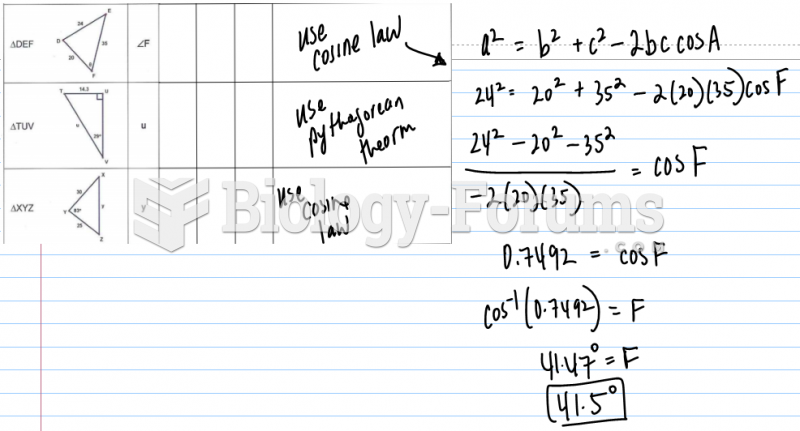|
|
|
Though the United States has largely rejected the metric system, it is used for currency, as in 100 pennies = 1 dollar. Previously, the British currency system was used, with measurements such as 12 pence to the shilling, and 20 shillings to the pound.
In inpatient settings, adverse drug events account for an estimated one in three of all hospital adverse events. They affect approximately 2 million hospital stays every year, and prolong hospital stays by between one and five days.
Fewer than 10% of babies are born on their exact due dates, 50% are born within 1 week of the due date, and 90% are born within 2 weeks of the date.
Blood in the urine can be a sign of a kidney stone, glomerulonephritis, or other kidney problems.
The highest suicide rate in the United States is among people ages 65 years and older. Almost 15% of people in this age group commit suicide every year.
 Examples of four letter formats: (A) block style, (B) modified block style, (C) modified block style ...
Examples of four letter formats: (A) block style, (B) modified block style, (C) modified block style ...
 Examples of four letter formats: (A) block style, (B) modified block style, (C) modified block style ...
Examples of four letter formats: (A) block style, (B) modified block style, (C) modified block style ...





